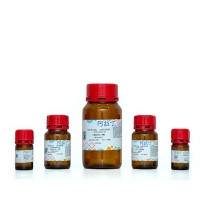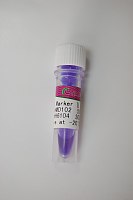Remarkable success in optimizing complex properties within DNA and proteins has been achieved by directed evolution. In contrast to various random mutagenesis methods and high-throughput selection methods, the number of available DNA shuffling procedures is limited, and protocols are often difficult to adjust. The strength of the n ucleotide ex change and ex cision t echnology (NExT) DNA shuffling described here is the robust, efficient, and easily controllable DNA fragmentation step based on random incorporation of the so-called ‘exchange nucleotides’ by PCR. The exchange nucleotides are removed enzymatically, followed by chemical cleavage of the DNA backbone. The oligonucleotide pool is reassembled into full-length genes by internal primer extension, and the recombined gene library is amplified by standard PCR. The technique has been demonstrated by shuffling a defined gene library of chloramphenicol acetyltransferase variants using uridine as fragmentation defining exchange nucleotide. Substituting 33% of the dTTP with dUTP in the incorporation PCR resulted in shuffled clones with an average parental fragment size of 86 bases and revealed a mutation rate of only 0.1%. Additionally, a computer program (NExTProg) has been developed that predicts the fragment size distribution depending on the relative amount of the exchange nucleotide.






